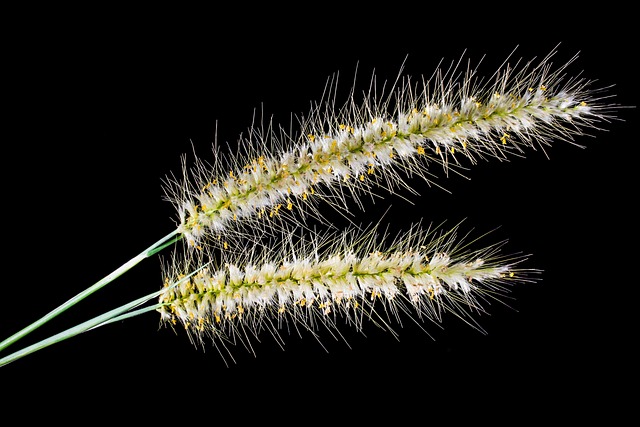bicho no rio 👀 Bicho no Rio: A Promising Revival of Aquatic Biodiversity

Bicho no Rio: A Promising Revival of Aquatic Biodiversity
In the heart of Brazil, where the vast rivers weave through verdant landscapes, a remarkable phenomenon is taking place. The revitalization of aquatic ecosystems, often referred to in local parlance as "bicho no rio," signals a positive shift in the health of these critical waterways. This resurgence is not only a testament to nature's resilience but also an indication of the concerted efforts by communities, scientists, and environmental advocates striving to restore the ecological balance of these vital habitats.
Historically, Brazil’s rivers have been under siege from pollution, overfishing, and habitat degradation, threats that have led to a significant decline in aquatic biodiversity. Iconic species, such as the Amazonian manatee and various types of freshwater fish, faced the brink of extinction due to human activity. However, recent studies have shown encouraging trends in fish populations and other aquatic life, suggesting that recovery is not just possible but already underway.bicho no rio

One of the most significant contributors to this positive trend is the increased awareness and active engagement of local communities. Traditionally reliant on rivers for sustenance, many communities have begun to adopt sustainable fishing practices and engage in conservation efforts. Educational programs aimed at informing residents about the importance of biodiversity and the consequences of pollution have empowered them to take an active role in safeguarding their aquatic surroundings. These initiatives are proving effective, as local fishermen report healthier catches and a noticeable increase in the variety of species present in the waters.bicho no rio
Scientific research has also played a pivotal role in the recovery of aquatic ecosystems. Environmentalists and biologists are collaborating on projects aimed at monitoring water quality, assessing biodiversity, and implementing restoration strategies. The use of advanced technologies, such as remote sensing and environmental DNA analysis, has enabled researchers to gather insights into the composition of aquatic life and the health of various river systems. Such data is invaluable for informing policy decisions and directing conservation efforts where they are needed most.
Moreover, the establishment of protected areas and the enforcement of stricter regulations regarding water pollution and fishing practices are yielding tangible results. These measures are not only beneficial for the aquatic species but also enhance the overall quality of life for the surrounding communities. Cleaner rivers are essential for drinking water, agriculture, and recreation, thereby fostering a symbiotic relationship between humans and nature.
The rise in biodiversity has also sparked interest in ecotourism, providing new economic opportunities for local communities. As more tourists seek authentic experiences in nature, the potential for sustainable tourism centered around the rich aquatic life is becoming increasingly apparent. This influx of visitors can create incentives for conservation, generating revenue that can be reinvested into local ecosystems and further education initiatives.bicho no rio

It is essential to recognize the broader implications of the recovery of aquatic ecosystems. Healthy rivers contribute to climate change mitigation, act as natural water filters, and support the livelihoods of millions who depend on them. The interconnectedness of these ecosystems highlights the importance of their preservation not just for local communities, but for global biodiversity and environmental health.bicho no rio
While challenges remain, including ongoing pollution and the impacts of climate change, the current trajectory offers a glimmer of hope. The collaborative efforts of local communities, scientists, and policymakers demonstrate that positive change is achievable. The narrative of "bicho no rio" is one of resilience, adaptation, and a shared commitment to nurturing the natural world.bicho no rio
Looking ahead, it is crucial to maintain momentum in these conservation efforts. Continued investment in education, research, and sustainable practices will be vital in ensuring that rivers remain vibrant ecosystems teeming with life. By fostering a culture of responsibility and respect for the environment, we can ensure that future generations inherit a rich and diverse aquatic heritage.bicho no rio
In conclusion, the revival of aquatic biodiversity in Brazil's rivers is a promising development that underscores the potential for restoration and conservation. The collaborative spirit of communities, scientists, and advocates serves as a beacon of hope, illustrating that through collective action, we can reverse the tide of ecological degradation and protect the invaluable resources our rivers provide. As we celebrate the resurgence of "bicho no rio," we are reminded of the profound connection between humanity and nature, and the responsibility we share to safeguard it for the future.
Fale conosco. Envie dúvidas, críticas ou sugestões para a nossa equipe através dos contatos abaixo:
Telefone: 0086-10-8805-0795
Email: portuguese@9099.com


